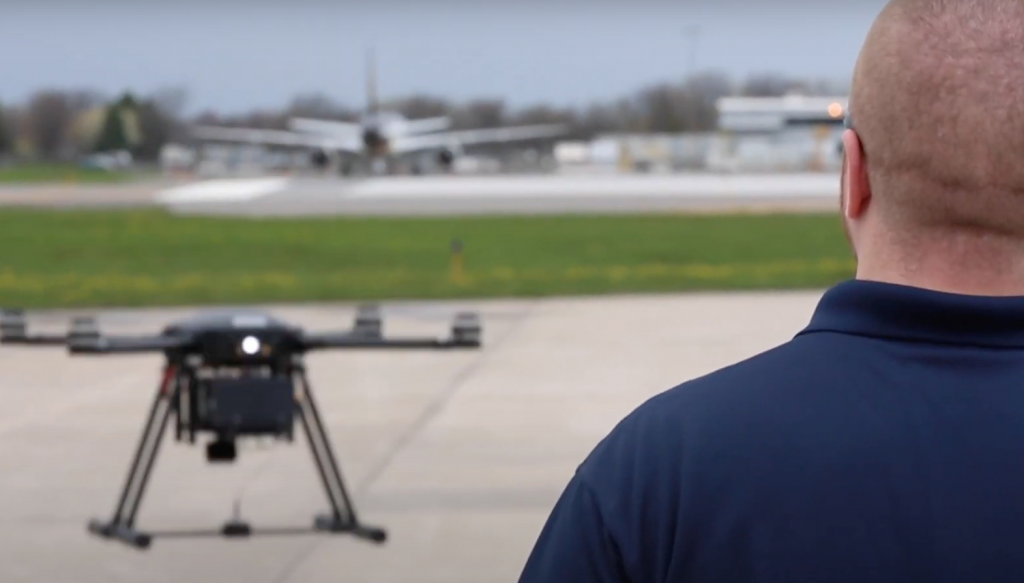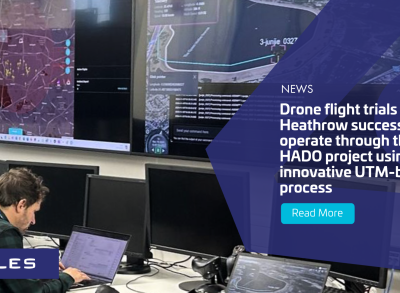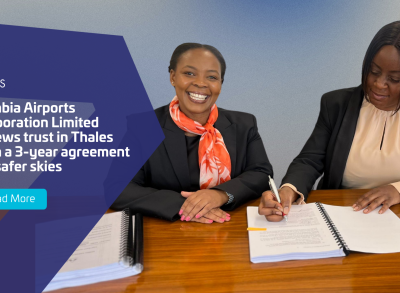UAS-based ILS Inspections Save Airports Time and Money in Infrastructure Maintenance

UAS-based ILS Inspections Save Airports Time and Money in Infrastructure Maintenance
On-Airport ILS Inspections at Syracuse Hancock International Airport
The holiday season is a busy time for travel and cargo, but it is also a time of inclement weather that can impact equipment and systems. For airports, environmental conditions such as snow can periodically impact the signal from Instrument Landing Systems (ILS) that help pilots land safely by providing the aircraft's position as it approaches the runway.
For the aviation industry safety is the most important. So, periodically, these systems need to be assessed and inspected from air to make sure it works and comply with the regulations in force. ILS inspection is critical not only in ensuring not only the safety of operations but also in avoiding service delays and lost revenues.
The way inspections are being done has not evolved for 40 years. The traditional practice for inspection and calibration consists in using FAA flight check aircraft equipped with onboard sensors. This method can be very time-consuming and expensive. Furthermore, due to limited resources, these aircraft aren’t typically available on demand.
Unmanned aerial systems (UAS), or drones, can help.
Thales is developing a UAS-based ILS inspection solution to complement manned flight checks. The UAS-based ILS solution provides real-time localizer and glide slope measurements that are more accurate than ground checks and potentially extend periodic flight check intervals. It satisfies airworthiness requirements, performs high-precision data collection and analysis, and can run cloud-based reporting services.
In April 2021, Thales and the Northeast UAS Airspace Integration Research Alliance (NUAIR) conducted live trials on runway 10 at Syracuse Hancock International Airport utilizing Thales’ sUAS-based ILS inspection solution for calibration and maintenance of ILS infrastructure.
The operation consisted of 7 flight maneuvers for complete ILS inspection. Each maneuver lasted up to 5 minutes in duration for rapid data collection with minimal disruption. Geofencing maintained safe sUAS operation within airport environment while automation ensured high accuracy of the inspection. The operation maintained live voice communication with tower and maneuvered successfully between aircraft departures and arrivals. Measurements of the ILS signal-in-space were completed in under one hour without any disruption to scheduled flights.
Additional testing is ongoing for additional on-airport use cases for drones-as-a-service (DaaS), including radio frequency interference detection, pavement condition, VOR and radome inspections.
- For more information about Thales’ DaaS solutions for airports, contact us.




